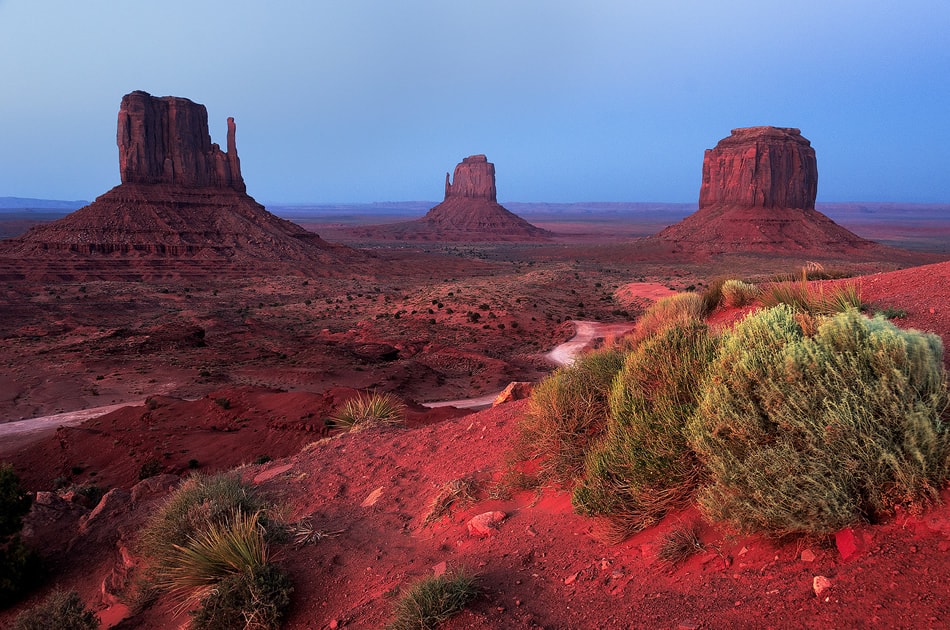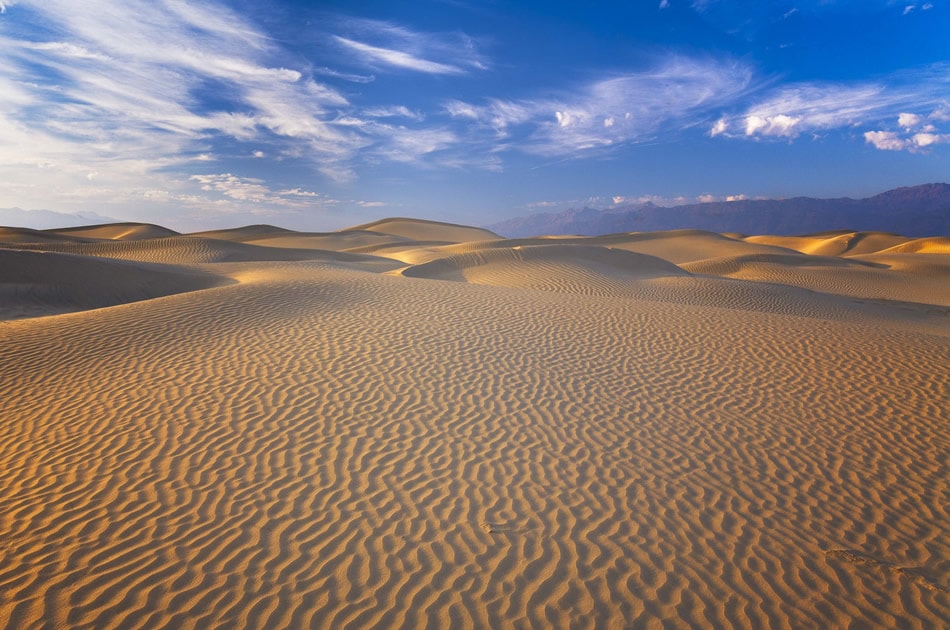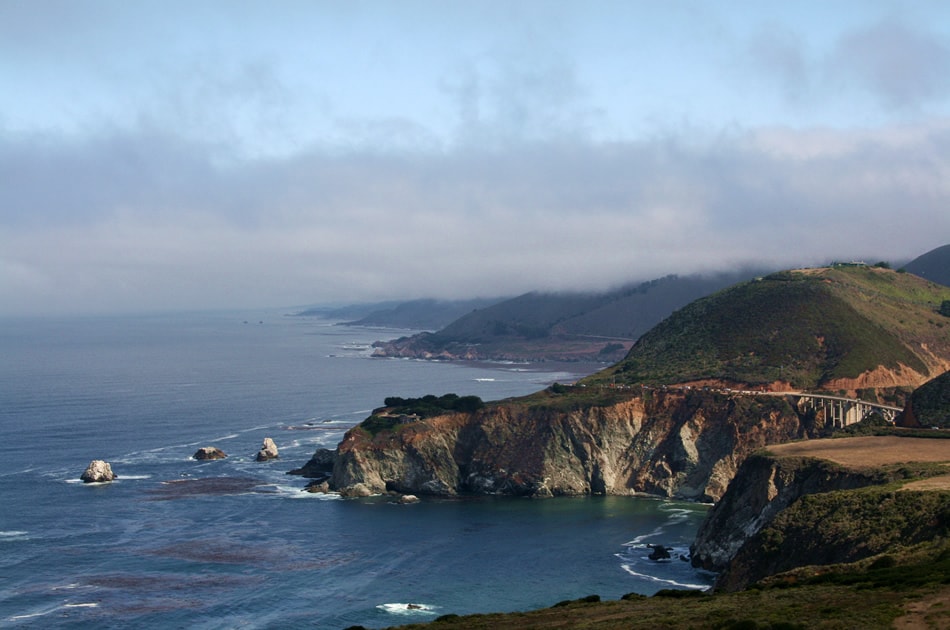3 Amazing U.S. Road Trips for Photography
If there is an advantage the United States has over almost anywhere in the world, it’s the wide variety of climates and topography that the country encompasses. This makes for great driving, but also makes great photography possible.
Monument Valley

Image by Randy Lemoine
Monument Valley on the Arizona-Utah state line is probably one of the most famous or recognizable locations in the United States. If you’ve seen a western, then you have seen these mesas. John Ford used this location extensively, and the landscape was most recently seen in the movie “The Lone Ranger.”
Since the area is a popular tourist destination, there is plenty of information on good spots to photograph in Monument Valley. In this case the landscape is clearly the reason for going, and doing what you can to maximize your shot is going to be your best bet.
Like many desert scenes, they can really benefit from long exposures when there are clouds and wind, which the Valley has plenty of. Sticking around for sunset or getting there early for sunrise is also worthwhile, but remember to bring warm clothes as the temperature can drop, especially toward the latter part of the year.
Death Valley

Image by Scott Taylor
While the name Death Valley is not very inviting, that doesn’t mean there aren’t hidden gems in this desert. One of the events that is a bit rare but worth exploring if you get the chance is a “super bloom“. If the Valley gets a larger-than-average amount of rainfall due to weather such as El Nino, large swaths of Death Valley’s wildflowers may bloom all at once. This transforms the usually barren ground into a colorful expanse that only lasts a few weeks.
Even if you can’t make it to a super bloom, Death Valley is great for astrophotography. The Valley is located several hours outside of most major cities, thus giving it some extremely dark skies perfect for capturing the stars. To get anything out of a night sky like this, you are going to need a tripod and a fast lens.
Big Sur

Image by Fred Schroeder
Driving California State Route 1 along Big Sur is probably one of the best drives in the United States. Stretching from Carmel to San Simeon all along the Pacific Coast, Big Sur is not only a great drive but also has plenty of photo opportunities along the approximate 90 scenic miles.
With the ocean and beaches on one side and the coastline often leading into forests on the other, Big Sur has an interesting mix of topography.
There are plenty of places where you can pull off the main road to get out and look around as well as numerous beaches to walk along and stretch your legs. While the nature is extremely beautiful, there are also several manmade points of interest along the way including the Bixby Creek Bridge and Point Sur Lighthouse.
Another unique place to stop is Hearst Castle, built by William Randolph Hearst, the inspiration behind “Citizen Kane“. An imposing building overlooking Big Sur, it is an interesting place due to the architecture and story behind it. If you are lucky, you may be able to see the zebra herd that roams the grounds.
One thing to remember before driving Big Sur is that not only is it very popular with tourists but much of it is intentionally left undeveloped to preserve the natural beauty. Highway 1 is also a very windy road that has to be driven slowly and requires a well-maintained car. Before your trip, check your tires and consider tire replacement of any that are worn.
If you are planning on spending several days on the road here, it is best to plan fairly far in advance. While there are several state parks where camping is available, the best spots can fill up quickly especially in the popular summer months.
